Hi Readers: Now that we are in the winter weather of the year, we must all face the fact that, for flying, icing conditions on the ground or in the air is upon us (although icing conditions can occur in flight at any time of the year depending on the weather systems). Icing conditions on the ground before flight without de-icing is dangerous (and foolhardy) and icing conditions at altitude without de-icing and anti-icing are dangerous and lethal. In flight, icing can cause rapid loss of altitude and/or loss of control in minutes. If your airplane is not equipped with de-icing and anti-icing gear, or not certified for flight in icing conditions, its your knowledge and good judgment of the weather against nature.
Although I won't dwell on the many aircraft accidents over the years caused by icing, some of the worst fatal accidents have been caused by icing - principally due to our lack of knowledge, our judgment, and lack of anti-icing equipment. General Aviation (GA) and Commuter type (Part 23) airplanes are the most vulnerable since they are flown at the lower altitudes where icing conditions occur, and most of the airplanes are not equipped with ice-prevention gear or the intention of flight was not to encounter weather conditions.
How, then, does inflight icing occur? Well, we have to be flying in, around, or through stratus and cumulonimbus clouds containing water droplets at or nearing freezing temperatures, and nature takes care of the rest. There can be induction icing - ice forming around the engine air intake (particularly bad for jet engines since ice will form in chunks which may be ingested) or structural icing, either as clear or rime ice, formed when supercooled water droplets impact the wing and control surfaces (top and bottom) freezing in a solid sheet of ice or in a irregular shape - usually between zero degrees and minus 10 degrees centigrade. Such icing has been encountered in a cumulonimbus cloud at temperatures down to minus 25 degrees centigrade. Mixed icing, clear and rime ice, which result in an irregular shape on airfoils, can occur while flying through snow, ice pellets, or small hail.
The effects of ice on the airplane are cumulative - thrust is reduced, drag increases, lift lessens, and weight increases. The combined results are an increase in stall speed and a deterioration of airplane performance. In extreme cases, 2" to 3" of ice can form on the leading edge of an airfoil in less than 5 minutes.
A recent Cessna 208 Caravan accident near Mt. Ranier, Washington, reminds us that icing problems are still with us, in spite of de-icing and anti-icing equipment, along with GPS and digital instruments. The NTSB and Cessna Aircraft are still investigating.
In Airline and Part 121 flying (all IFR flight plans), cancellations and delays due to icing conditions can cost millions of dollars in one day. The cost of de-icing fluid, at a cost of 3 to 4 dollars/gallon adds to their problems. Part 121 operations covers the transport aircraft icing conditions. Part 135 and 91 flying is covered under 135.227 and 91.527.
NASA, FAA, and NTSB have been conducting research on aircraft icing problems over the years (see applicable icing FAA Advisory Circulars) and as of 6-1-07 the FAA was still working on a proposed rulemaking (Docket #FAA-2007-27654), titled Activation of Ice Protection, applying, principally, to Part 25 Transport Category airplanes. (It is hoped that FAA will follow with Part 23 aircraft). Under the proposal, Aircraft Manufacturers would be required to add an ice-detection and activation system to the present de-ice and anti-ice systems, and mandate that the protection system operate automatically and continuously. I think there is going to be a lot of discussion on this proposal.
How to avoid flying in icing conditions? For GA and Commuter aircraft, use all available weather services and reports to pinpoint icing areas and then plan on avoiding them. If you encounter icing conditions at altitude, use your available de-icing and anti-icing equipment immediately, change altitude up or down, and/or make a change in course (not necessarily 180 degrees since the true direction of the weather system is not known). Leave the autopilot off. Replan your flight or land at the nearest available airport (that will accommodate your airplane) and wait it out.
Proper preflight action includes, on filing an IFR flight plan, determining the freezing level and the levels above and below for weather precipitation areas. If your flight route penetrates the freezing level, request a new altitude or route. Make use of appropriate SIGMETS, AIRMETS, and PIREPS, and any other source of inflight weather advisory in planning and executing en route flight. In general, make a habit of checking FAA Advisory Circulars - FAAs method of advising new developments or action on pertinent problems.
Thanks for listening and Happy Thanksgiving! R.S.
Tuesday, November 20, 2007
Aircraft Icing
Subscribe to:
Post Comments (Atom)

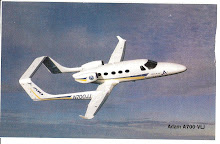

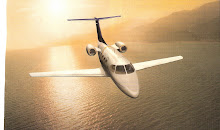


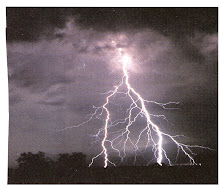

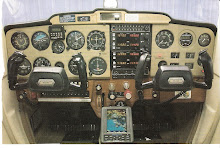
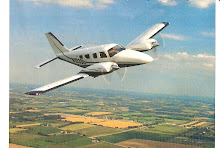
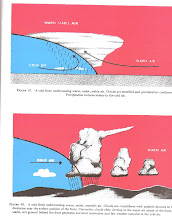
No comments:
Post a Comment